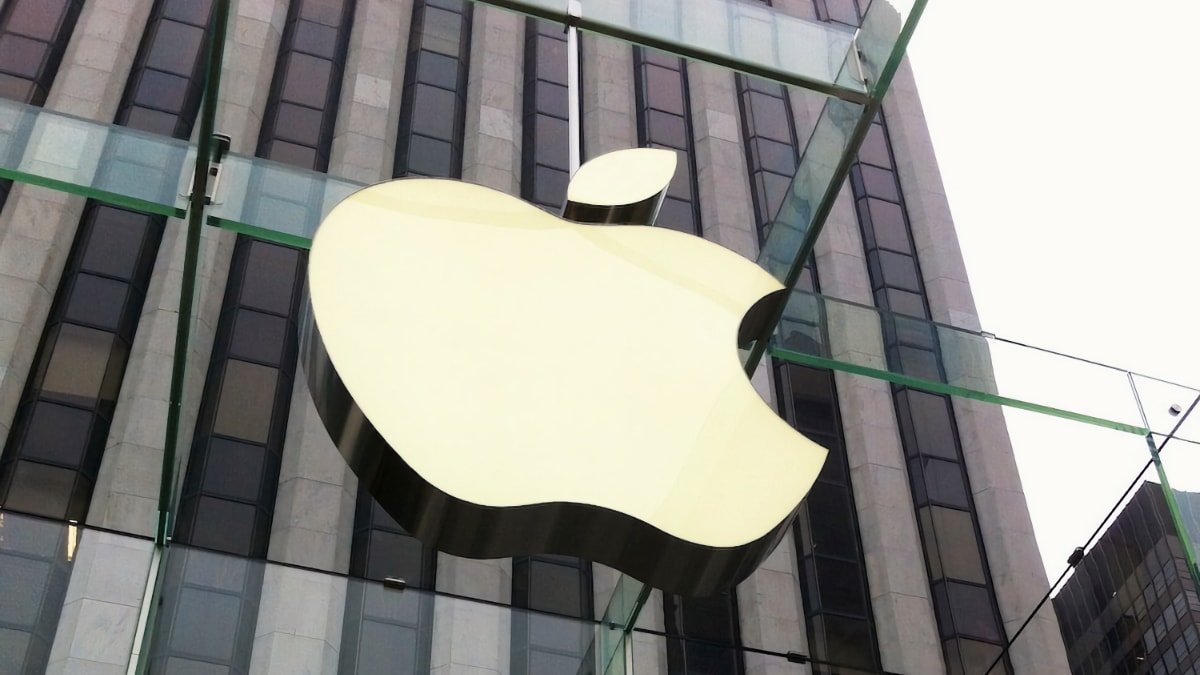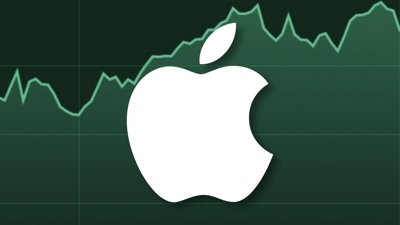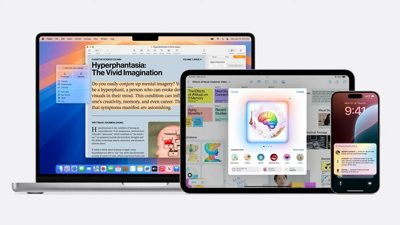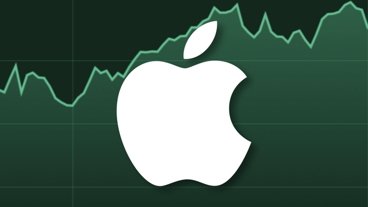While Apple's second-quarter results are expected to meet Morgan Stanley's estimates, investors should look beyond a potentially poor June quarter result, and not panic.
Apple will be releasing its Q2 2023 financial results on May 4, and Morgan Stanley doesn't think there will be too many surprises. In a note to investors seen by AppleInsider, the Q2 results will be "in-line" with its expectations.
Morgan Stanley believes Apple will post $91.9 billion in revenue and a $1.41 earnings per share, which the firm puts at one to two percentage points below the Consensus. In the quarter, Apple supply chain data points "remained soft overall but stable" for March quarter iPhone and iPad builds, "intensifying concerns about the impact of macro uncertainty and a more price sensitive consumer," the note reads.
The firm, therefore, revises its iPhone revenue expectations up by 2% to $50.3 billion, which is -1% year-on-year, with iPhone shipments increasing to 54.5 million units, down 3% year-on-year. The ASP forecast is increasing by 1% to $922 due to "strong high-end mix," which will help offset discounting in international markets.
The weaker shipment data resulted in changes to the Mac forecast from 4.8 million units to 4.3 million and a 10% cut in forecast revenue to $6.3B. This represents a 39% drop in projected Mac revenue year-on-year.
Apple's Services model has been updated to account for March App Store revenue, which declined 1.5% year-on-year, versus an estimated 1.5% YoY increase. Now, Morgan Stanley expects Services revenue to be 1% lower than previously thought, at $20.9 billion, up 5.7% year-on-year.
The analysts warn that an implied June quarter revenue will drop down to "at least $5B below Consensus." Morgan Stanley revised the June revenue to $80.3 billion, down 3% year-on-year, and well below Wall Street's $85.3 billion, a 2% year-on-year rise.
The disparity is taking into account "unchanged iPhone expectations" of 41M units at a $901 ASP, but lower Mac, iPad, and Services expectations. "We believe the Street's iPhone forecast appears aggressive," writes the analysts, with build strength in April and May trending weaker as the trough of the iPhone 14 cycle approaches.
However, Morgan Stanley cautions restraint, as "History would show that a March quarter beat and June quarter guide down doesn't necessarily drive a negative post-earning stock reaction, as investors look past the trough of the cycle to the upcoming iPhone launch."
Of note to investors is Morgan Stanley's expectations of a $90 billion incremental buyback authorization and a 5% year-on-year dividend increase during March's earnings. The buyback authorization would imply the $20 billion quarterly buyback run rate continues.
AppleInsider will be covering the financial results and the ensuing analyst conference call in detail, as it all rolls out.
 Malcolm Owen
Malcolm Owen







-m.jpg)






 Wesley Hilliard
Wesley Hilliard
 Christine McKee
Christine McKee
 Amber Neely
Amber Neely
 Marko Zivkovic
Marko Zivkovic


 William Gallagher
William Gallagher









16 Comments
A 5% yoy dividend increase? One penny per share would be a 4.3% increase. I really hope Apple either does a 1.5 or 2 cent increase. The latter of course is my preference. Was it three years ago after a split that they had a factional penny. I think I actually looked up what would happen if you had an odd number of shares. Luckily I had an even number. 😀
As always, it’s insane that Apple’s (or any company’s) short-term stock value moves not based on its actual performance, but rather on its actual performance as compared to some analysts’ expectations.
It is going to get rougher and rougher as Apple transition manufacturing from China to much less efficient countries. I know many AI readers do not bother pay higher prices as long as Apple products are made in USA. LOL But I see Apple is forced to do this transition due to political pressure.
I guess I’ll never understand how financial types come up with a ‘consensus’ of how they think a company should perform. Then if the company fails to meet the ‘consensus” its stock is hammered. How does an outfit like Morgan Stanley come up with revenue/profit/sales ‘consensus’? Chicken bones and Voodoo chants? Do they send agents out to count the number people in the store and the numbers of boxes on the shelves? It seems way to vulnerable to manipulation and engineering of results.